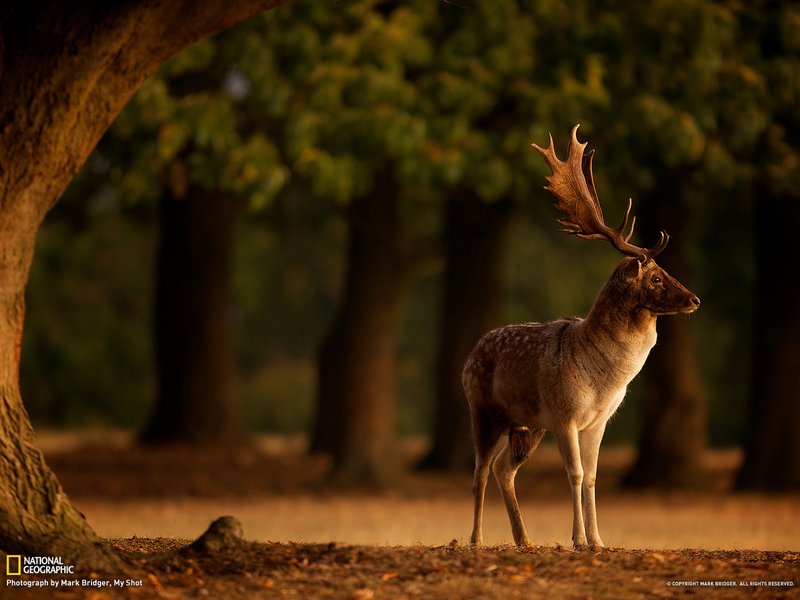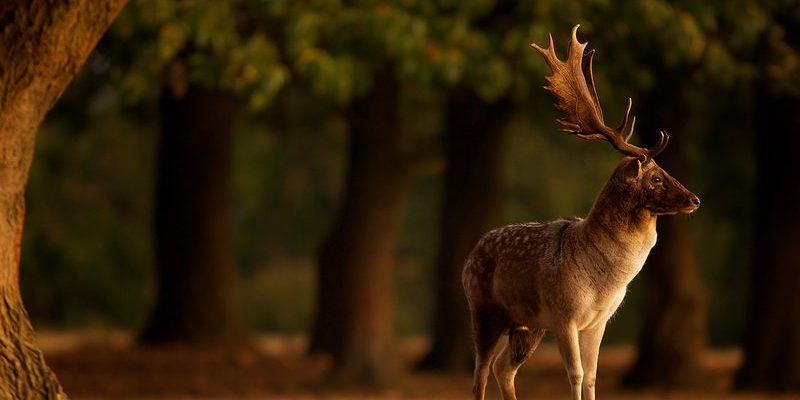
So, what exactly does the fallow deer represent? Well, it embodies themes of transformation, peace, and renewal in many stories and traditions. Whether it’s in ancient myths or modern-day tales, this animal weaves itself into the fabric of cultural narratives. But why does this matter? Understanding the fallow deer’s role can give us deeper insights into human beliefs and values, connecting us to nature and each other in unexpected ways.
Fallow Deer in Ancient Mythology
In ancient mythology, animals often hold significant meanings, and the fallow deer is no exception. In Celtic traditions, the deer represents the goddess of the hunt. More than just a target, this graceful creature is viewed as a guide, leading hunters to their prey. Many Celtic myths depict this majestic animal as a source of wisdom and insight, helping individuals navigate the wilderness of life.
In Roman times, the fallow deer was associated with Venus, the goddess of love and beauty. Imagine strolling through ancient gardens where these deer roam freely, embodying grace and allure. They symbolize not just physical beauty but also a connection to nature and the divine. By representing love and fertility, the fallow deer weaves a narrative of life blossoming in its most beautiful form.
Furthermore, in various Native American cultures, deer symbolize gentleness and compassion. They remind us of our connection to the earth and the responsibilities we hold towards it. It’s fascinating to see how the fallow deer serves as a bridge between nature and spirituality, inviting people to reflect on their relationships with both.
Folklore and Fairy Tales
Fables and fairy tales are treasure troves of lessons and morals, and the fallow deer often appears as a character that teaches important values. In many stories, this deer is depicted as a helper or a guide—leading lost travelers to safety or offering wisdom to those in need. Just think of how comforting it is to know that in the midst of difficulty, a gentle creature might help you find your way.
In European folklore, the fallow deer sometimes represents the spirit of the forest. Stories abound where a fallow deer leads a protagonist into the woods, revealing hidden realms and magical creatures. These tales not only entertain but also emphasize the important theme of harmony between humans and nature. They remind us to respect the wild and tread lightly, appreciating the beauty that surrounds us.
One fairy tale features a fallow deer that helps a poor villager by leading them to a hidden treasure. This emphasizes the idea that kindness and humility are often rewarded. This enchanting creature, with its silent wisdom, guides characters not just towards physical goals but also personal growth and moral enlightenment.
Art and Literature References
The fallow deer has also inspired countless artists and writers throughout history. From paintings to poetry, this graceful animal captures the essence of beauty and tranquility. Think of a serene painting of a fallow deer standing peacefully by a sparkling stream. This imagery evokes feelings of peace and connection to nature.
In literature, authors often use the fallow deer as a symbol in their narratives. Take, for instance, how it appears in works of nature writing, where its presence reflects the delicate balance of ecosystems. Writers like Henry David Thoreau have marveled at the elegance of deer in their natural habitats, portraying them as essential threads in the tapestry of life.
Moreover, the fallow deer’s importance can be seen in various cultures’ art—from ancient carvings to modern sculptures. These representations often highlight not just the deer itself but also themes of tranquility, gentleness, and the necessity of preserving nature. It shows us that art has the power to convey respect and admiration for this remarkable creature.
Symbolism of the Fallow Deer
When diving deeper into the meaning of the fallow deer, several symbols emerge. The deer is often associated with fertility, grace, and gentleness. In many cultures, its soft, spotted coat represents the idea of renewal and transformation. This makes sense, especially in spring when new life blooms all around us.
In some traditions, the fallow deer embodies a connection to the spiritual realm. Its ability to move quietly through the forest reflects the importance of mindfulness and being present. Just think about how peaceful it feels to pause and observe nature around us. The fallow deer reminds us that in stillness, we can find clarity and inspiration.
Additionally, the concept of the fallow deer as a messenger carries significant weight. It encourages people to listen to their instincts and trust their intuition. Whether in dreams or everyday life, spotting a fallow deer can symbolize guidance and a nudge from the universe to pay attention to what truly matters.
The Fallow Deer in Modern Culture
Today, the fallow deer continues to hold relevance in modern culture. From documentaries to wildlife rescue initiatives, this animal sparks interest and compassion for conservation efforts. Many organizations focus on protecting their habitats, raising awareness about the importance of biodiversity. It’s heartening to see how the fallow deer influences contemporary discussions around environmental conservation.
You might also notice the fallow deer in fashion, logos, and even brands that want to evoke a sense of elegance and connection to nature. Its image often graces items that promote a lifestyle aligned with nature, wellness, and mindfulness. This trend reflects a growing consciousness about our relationship with the natural world.
Moreover, the fallow deer is a popular subject in photography, especially in wildlife photography. Capturing these deer in their natural habitats resonates deeply with audiences, promoting a sense of peace and admiration for nature’s beauty. It’s amazing how an animal can inspire both art and action, bridging the gap between our everyday lives and the wild.
Conservation and the Future of Fallow Deer
As we celebrate the cultural significance of the fallow deer, we must also consider its future. Many species, including the fallow deer, face challenges due to habitat loss and climate change. This is where understanding their cultural importance plays a vital role. When people see the fallow deer as more than just an animal, they’re more likely to advocate for its preservation.
Conservation efforts focus not only on protecting habitats but also on fostering human connections to wildlife. By sharing stories and folklore about the fallow deer, we create a sense of belonging that encourages people to protect the environment. Every small action counts, whether it’s planting trees, supporting wildlife organizations, or simply spreading awareness.
Let’s not forget that the fallow deer’s beauty and cultural significance remind us to cherish the wild. By doing so, we can ensure that this exquisite creature continues to thrive for generations to come, maintaining its role as a symbol of grace and wisdom in our lives.
In wrapping up this exploration of the fallow deer in culture and folklore, it’s clear that this remarkable animal serves as a bridge between the natural world and human experience. From ancient myths to modern conservation, the fallow deer’s representation is multifaceted and rich with meaning. It reminds us to live harmoniously with nature and encourages us to appreciate the beauty that surrounds us.
By understanding the fallow deer’s role in culture and folklore, we gain a deeper appreciation for the intricate connections between nature and humanity. So next time you see a deer roaming free, take a moment to reflect on the stories, symbols, and lessons it carries with it. After all, the fallow deer is more than just a creature of the forest; it’s a profound reminder of the beauty and wisdom in the world around us.

